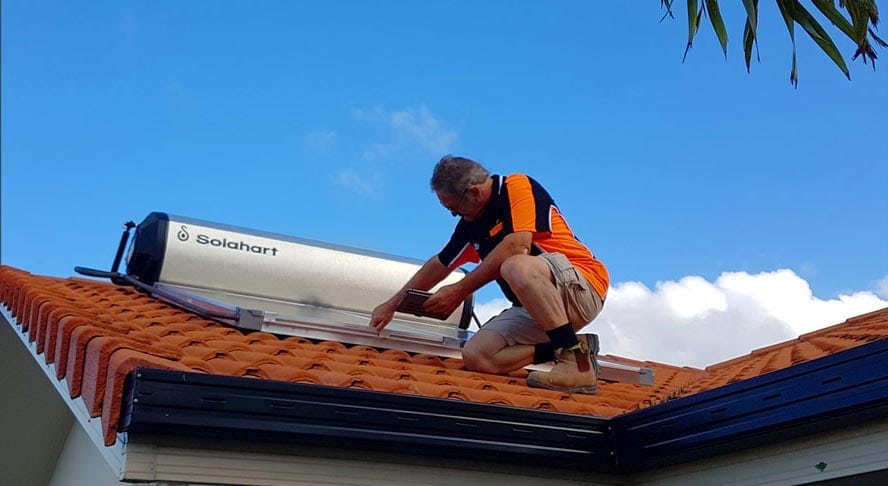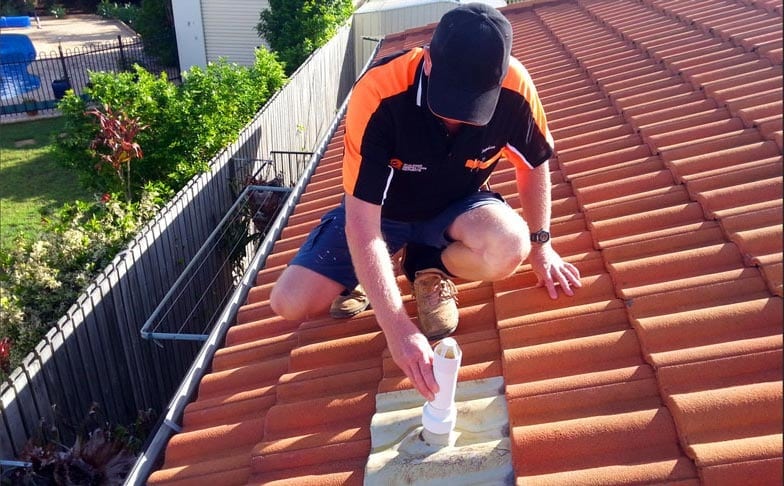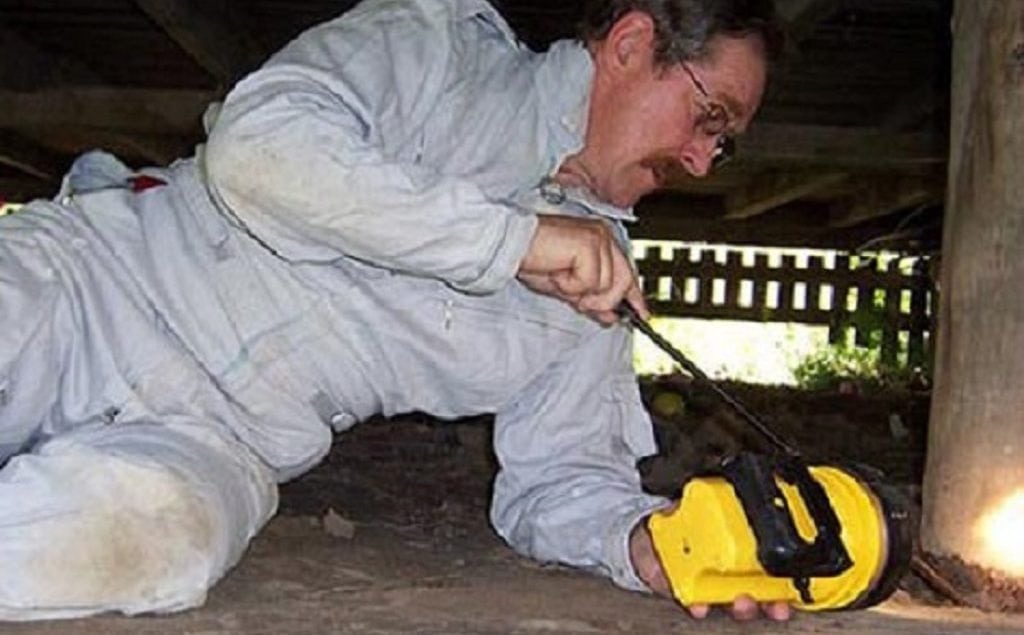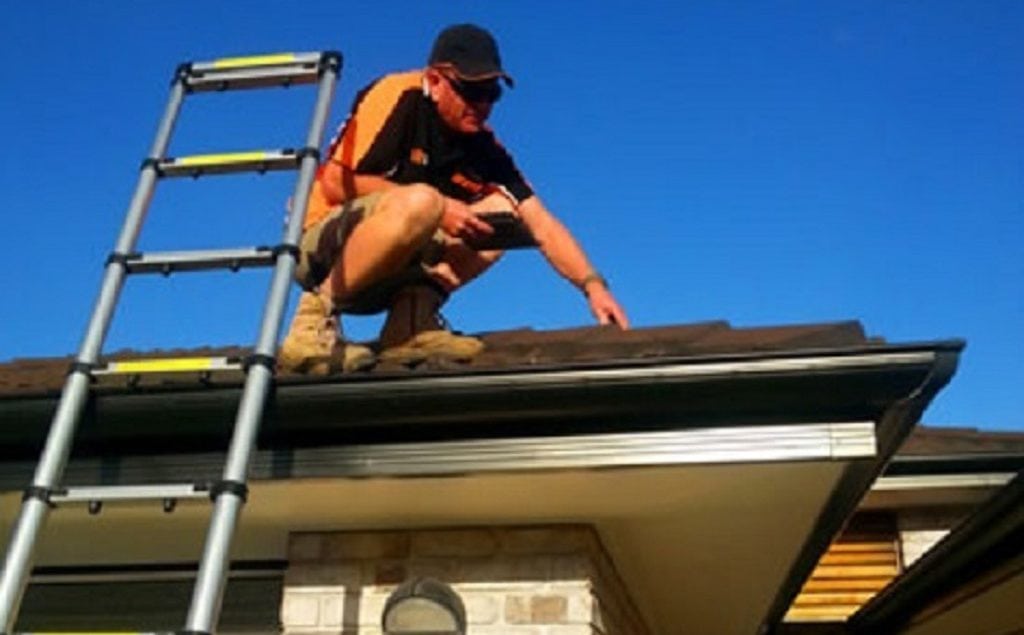I was asked to re-inspect a high set older Queenslander in Maryborough, a home that approximately 90 days earlier had a combined pre-purchase building and pest inspection done for the purchaser.
A combined pre-purchase building and pest inspection is carried out by one person, usually a building inspector that has undertaken some training and has completed a TAFE course that qualifies him to complete pre-purchase pest inspection.
In this instance the husband got up and went to the toilet during the night and put his foot through the flooring in the toilet, it appears the inspector failed to properly inspect the sub-floor area and failed to identify active termite damage in the flooring or just didn’t know what he was looking for – a problem that often occurs when we have inspectors that have only completed a training course at TAFE to get a licence.
This resulted in the new owners spending a considerable amount of money rectifying a damaged floor that should have been detected during the building and pest inspection prior to them purchasing the house.
Don’t take unnecessary risks when buying a house, have the house inspected by local experienced professional tradespeople who know their trade and know what to look for when conducting a pre-purchase building inspection, inspectors who are no scared to get in and get dirty inspecting the home.
The moral of the story? – Be careful when engaging a pre-purchase building inspector.
Ask questions like:
- Are you a qualified builder?
- Do you check the showers for water leaks?
- Do you get onto the house and inspect the roof?
- Do you check the flooring area and sub floor areas of the home?
- Do you inspect around the base of timber stumps?
- Do you report on gardens and trees close to the house?
- Do you report on the presence of Asbestos in the house?
Check the history of the building inspector
Check the inspector license number on www.qbsa.qld.gov.au/searchforlicensee
See if there has been any action taken against the inspector before you engage him to work for you.
Don’t take unnecessary risks before purchasing your next home. Call upon a building inspector you can trust from the professionals at Building Inspection Reports on 1800 466 456. Don’t let your new home purchase become another horror story – get an accurate pre purchase building inspection from a thorough and qualified builder who knows what to look for.




